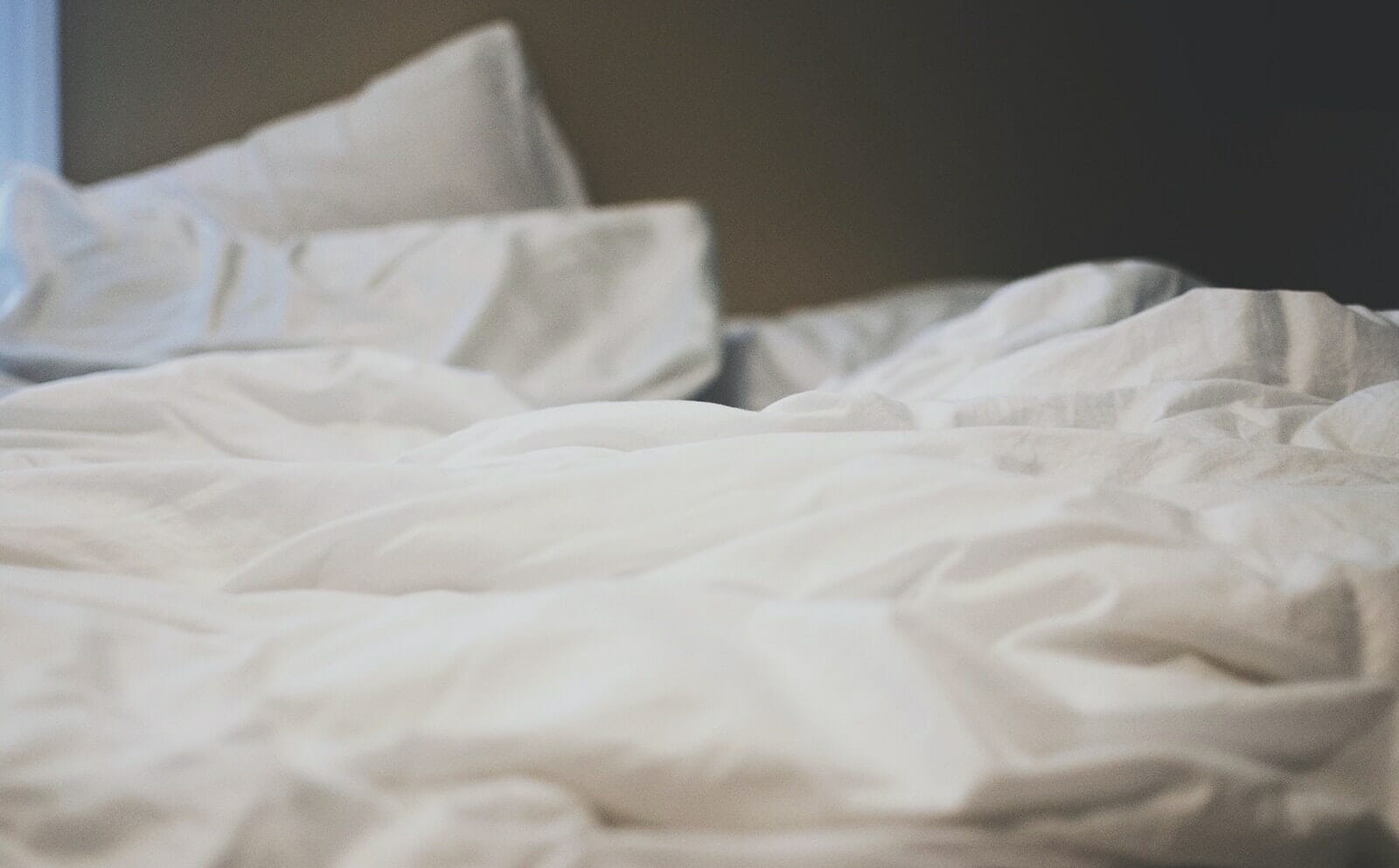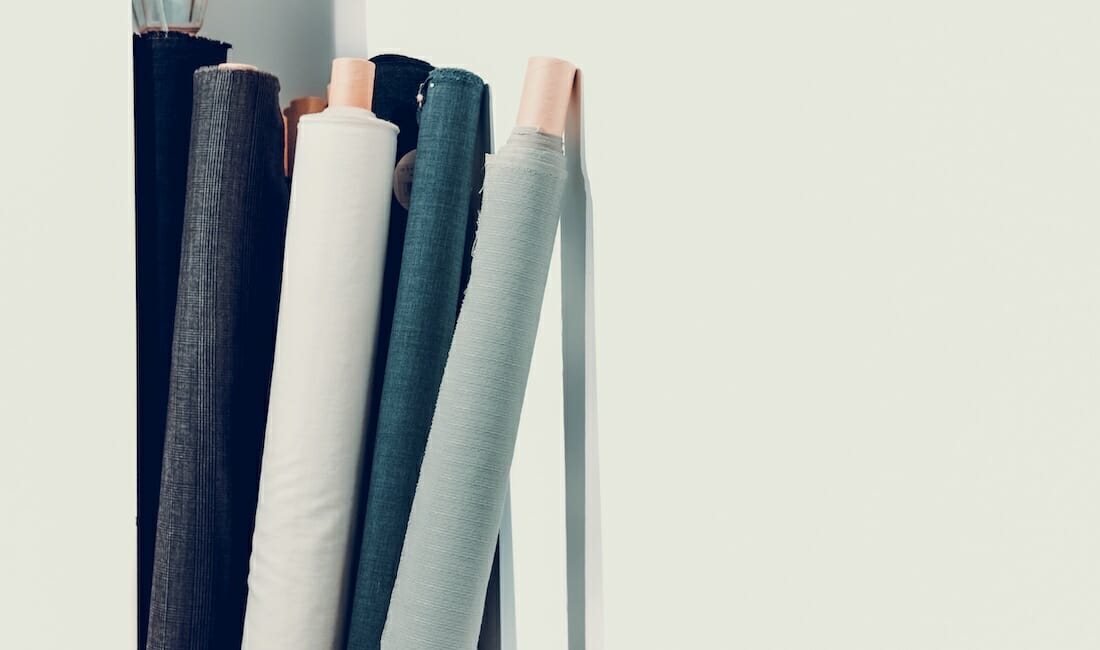What are the different types of linen?
There are many different types of linen, but this article will provide the four common ones.
Damask linen
Damask linen is the most delicate compared to other linen types. It is woven using both plain and satin linen weaves. Its flat and reversible fibers give the fabric a smooth texture and a reversible pattern.
Usually, a Damask is available in one color and is used for linen clothes including napkins, tablecloths, and other home textiles. Damask is characterized by a very fine texture and large floral patterns.
Loosely-woven linen
Loosely woven linen is the highly absorbent fabric of all the other linen fabric types, making it excellent for use in napkins, diapers, and sanitary towels. It comes in different varieties including the Bird's Eye linen (reminiscent of the bird's eye) and huckaback linen fabric (sourced from a pure linen or a mix of cotton and linen). It’s great for highly absorbent and lightweight bathroom linens.
Plain-woven linen
Also known as ‘glass toweling,’ plain-woven linen is more absorbent and the hardest among the linen types, making it perfect for use in wiping glassware and other dishes. This fabric is characterized by a checkered or striped pattern of red or blue, or a mix of both on a white background. There are different variations of plain woven linen including Holland linen and Cambric linen. The Holland linen is treated with oil and starch to make it opaque for use in window shades and lampshades. Cambric linen is the thinnest and finest linen fabric used for delicate garments such as lingerie and handkerchiefs.
Sheeting linen
Sheeting linen is designed to be heavy and wide for use in the manufacture of sheets. You can also use this fabric for dresses, suits, and other clothing if you want to enjoy the benefits of linen clothing.
Linen can be classified by purpose as well. Find out possible linen products.

Types of linen by purpose
Bed linen
Bed linen is used in the manufacture of bedding including sheets and duvets that suit different types of bed sizes.

Bathroom linen
Bathroom linen is woven using a combination of linen weaves and loops from the loom to make it more absorbent yet lightweight for hand towels, washcloths, face cloths, bath towels, rugs, and more.

Table linen
Table linen is used for a range of styles and bed sizes. There are different tables including round, rectangle, square, and oblong tables that need fitting tablecloths. More than that, table linen is also used to make napkins, table mats, and table runners.

Household linen
Household linen is used to manufacture household items including tablecloths, table runners, and towels.

Suiting linen
Suiting linen features extreme durability and strength. It is available in different linen weaves including twill, herringbone, and plain weave, and can be used for jackets, dresses, skirts, aprons, and shirts.

What are the different types of linen blends?
Different types of linen blends are used to manufacture home items and other products. They include:
Linen/cotton
This linen blend has many benefits. The cotton provides more softness and removes the wrinkles present in the linen fabric.
Linen/Rayon
Rayon is usually complex but drapes nicely. But if you want to soften it, you have to blend it with linen to create a perfect blend fabric for clothing.
Linen/Polyester
Polyester helps reduce the number of wrinkles in this blend while enabling the fabric to retain its color.

Conclusion
This article has discussed the common types of linen fabrics, linen blends, and types of linen by purpose. Linen is an amazing and versatile fabric that can be blended with other fibers to enhance its benefits. Depending on your needs you can choose the most suitable linen from the various linen fabric types. Fortunately, you now have the information to help you determine which one is best for you.

